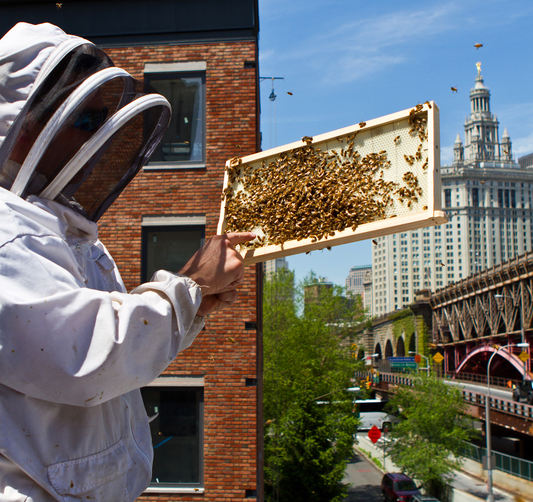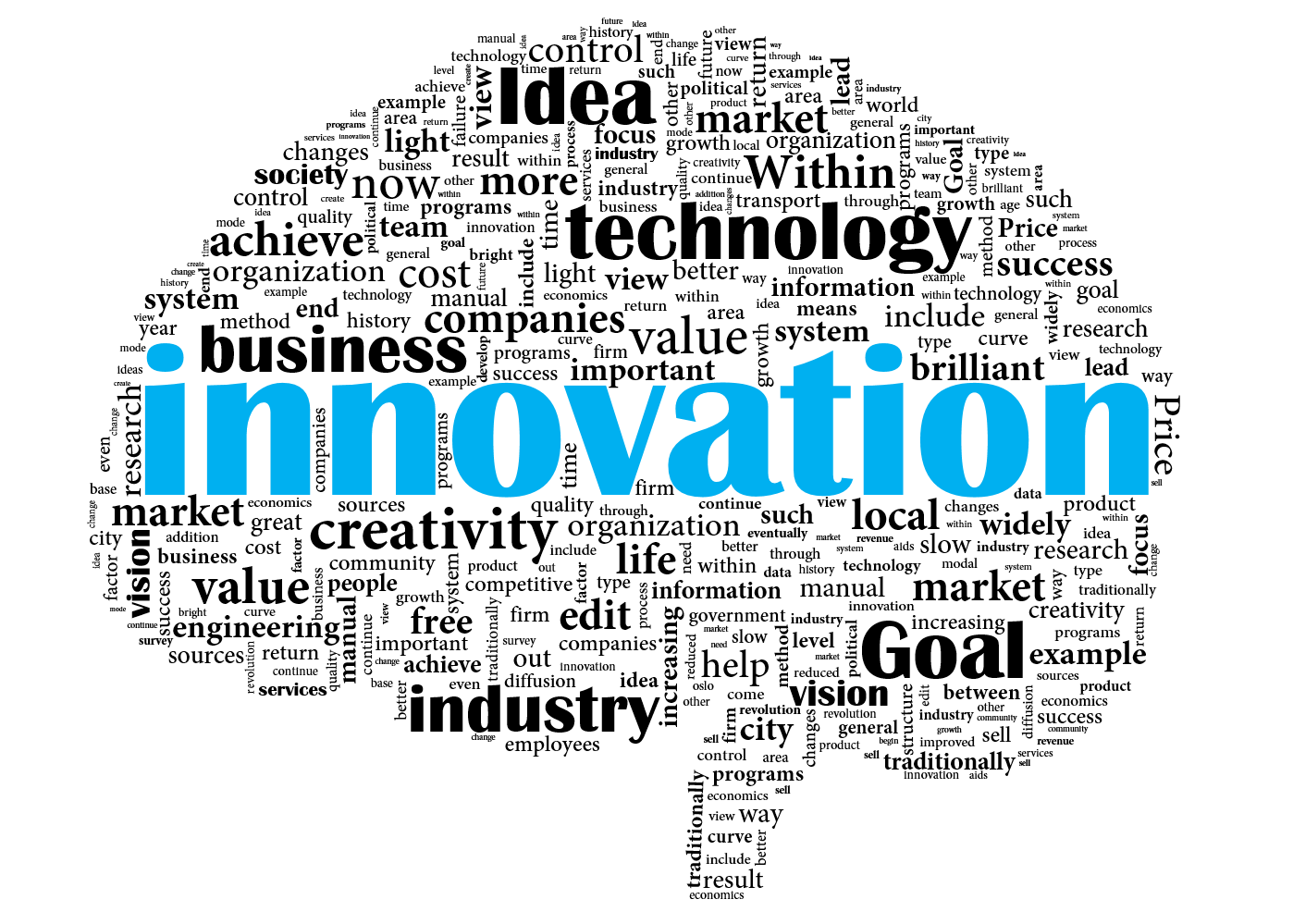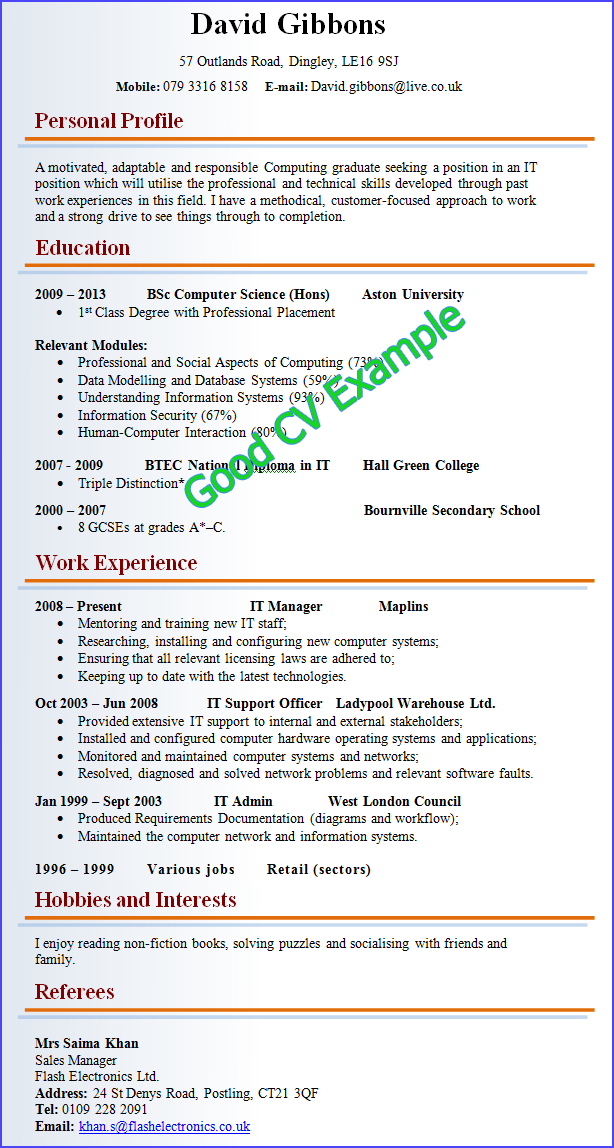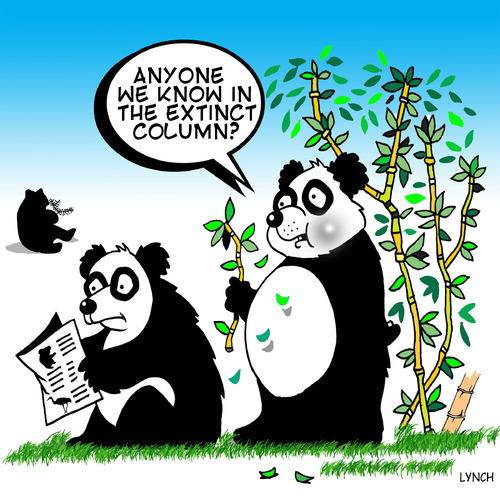As the end of the academic years looms close and exams are fast approaching, this will be my final blog post as part of the Science & Employability module.
Luckily for me, I have another year studying at Bangor University. However, for most students in my year, and a lot of my friends, the curtain is drawing to a close on their university lives.
If they take as much away from this module as much information as I have, they should be set to step out into the real world of employment.
This final post will summarise the module content as a whole, as well as which aspects I personally enjoyed the most.
CV’s & Assessment centre
Clare Brass kick started the module with her graduate CV lecture. The content of this lecture included clear guidelines for what should be included in a graduate’s CV.
Admittedly, at the time parts of my CV didn’t follow her guidelines. After this lecture, I went home and reviewed my CV and made several alterations to it and I am now happy with it.
Because of this, I can say I found the CV lecture hugely helpful and particularly like how clear Clare had set everything out.
Clare also ran a workshop on assessment centres. I personally found this content the most useful overall from the module.
Assessment centres were something I was unaware of and the whole sessions was great fun as well as being informative.
During the interview activities, I learnt a lot about how I behave in a interview environment. It gave me the opportunity to receive feedback from others which has allowed me to improve and can now incorporate new interview techniques into similar situations in the future.
Business planning
A series of lectures were delivered by Chris Walker regarding the construction of your own business and bio-enterprise skills. He finished off his series with a ‘dragons’ den’ workshop.
I’m sure to someone who has the intention of one day starting their own business, Chris’ lectures would be huge help. He provided tips and various points which must be carefully considered when creating a business.

I especially thought the business model canvas was a smart way to quickly jot down ideas and ensure your idea could be successful. For these reasons, I can understand why it’s important to include these lectures in the module.
However, I have no intention in starting a business in the future. If anything, these lectures have confirmed that it’s definitely not the career path I wish to take due to the tonnes of planning involved as well as the necessity for a new idea/invention.
Personally, I think the Dragon’s den workshop could have been run a little better. It was far too short and busy. As a result, everything was a rush and not everyone got to properly present ideas. I think it could have been improved if it was ran all day, not just a few hours.
Social Media
Christian Dunn provided a talk on the do’s and don’t of social media and how everything you post can have good or bad consequences in the future.

As someone who actively uses several social media platforms, I should be careful what I put online. Admittedly, before this lecture I wasn’t. This lecture influenced me to go and check all my social media accounts.
I deleted anything which I wouldn’t want a future employer to see. It also drove me to create a new twitter purely for academic/employability purposes. I am pleased that I have kept this twitter going with frequent posts which are employer-friendly.
Seminars
Each Friday afternoon, Bangor invites an external speaker, usually on a biological topic, to present their research or field of work to students.
As well as this, numerous societies also host external speakers. As a committee member for Bangor Zoological Society, I was able to attend all of our talks from external speakers.

I would say that attending all these different talks has been the most enjoyable part of this module. Many of the talks have given me new information on species or topics I previously knew next to nothing about.
It difficult to pick my favourites as each one which I blogged has taught me something new and interesting. Most I attended were zoological based although there was one – do we control language or does language control us? – which wasn’t.
For this reason, I would have to say that I found this most interesting as it was a completely alien topic to me.
Without this module, I probably wouldn’t have attended many optional talks. However, through attending many this year, I’ll be ensuring that I continue attending any talks next year which I might find interesting.
Blogging
Writing these blogs in an informal manner has been a nice break from writing formal scientific reports and essays week in week out.

I have seen is as a nice way to relax and just write my feelings on a topic onto page without having to stress about being formal and adding a reference every line.
In the future, I look forward to continuing my blogs and looking back on them in years to come and reminiscing about my time writing them.
Final thoughts
On a whole, this module has been incredibly important and useful to me. Without it, I doubt I would have reviewed my CV or social media accounts. Both of which could have cost me in the future.
It has also provided opportunities to listen to a variety of external speakers talk about their field of work. As someone who’s not 100% on their career path yet, it’s nice to see that such a range of things appeal to me and there’s no shortage of opportunities.
Of course, some aspects have been more useful to myself than others but I have managed to take away something from each lecture or workshop.
With new skills, techniques and more employer-friendly media accounts, I can worry less about heading into the real world of employability.





 However, humans have always populated the tropics and primates have always interacted with them.
However, humans have always populated the tropics and primates have always interacted with them.



 Just 8.8 seconds! Before the employer looks at your CV, they already know what to look for:
Just 8.8 seconds! Before the employer looks at your CV, they already know what to look for:






 It helps remind you that until a species is extinct, it’s never too late to help restore numbers.
It helps remind you that until a species is extinct, it’s never too late to help restore numbers.
 Stuart asks whether people capturing animals, usually locals of poor countries, should be demonised?
Stuart asks whether people capturing animals, usually locals of poor countries, should be demonised?


 The process of picking items created a bond within the group as we would all debate on items and finally be able to justify a reason to pick certain items. This bond became evident when we faced questions from another group. If they didn’t agree with our choice, we would back each other up and explain the reason we chose each item.
The process of picking items created a bond within the group as we would all debate on items and finally be able to justify a reason to pick certain items. This bond became evident when we faced questions from another group. If they didn’t agree with our choice, we would back each other up and explain the reason we chose each item.


